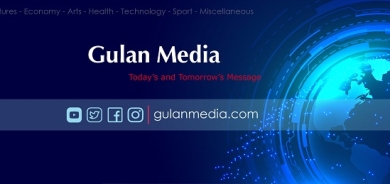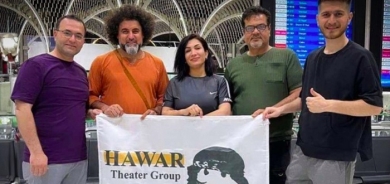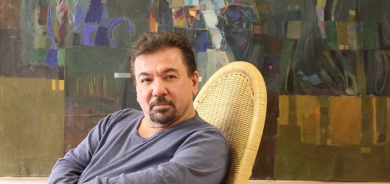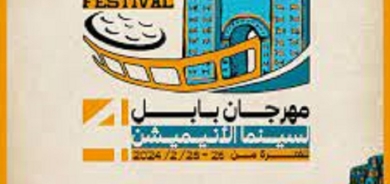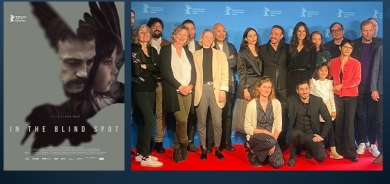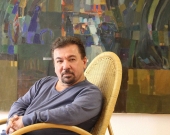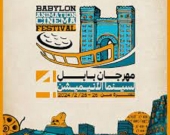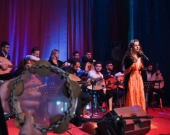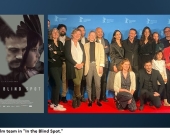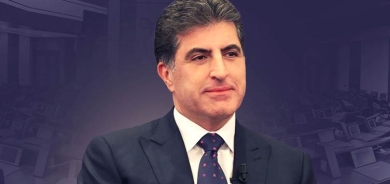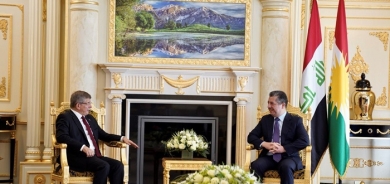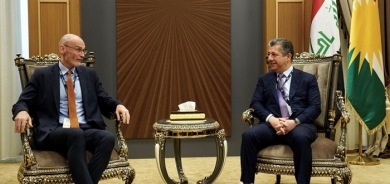Shock and awe as Paris art scene comes alive
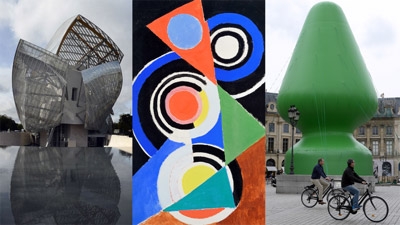
A flurry of cultural activity has swept the French capital this week with a series of high-profile museum openings Paris officials hope will rejuvenate the city’s somewhat stuffy image, and prove it still has an edge among the world’s art capitals. Here’s just a few of the fairs, shows and retrospectives on offer.
Gehry sets sail
It's been 20 years since Frank Gehry's American Center opened in Paris’s unloved eastern neighbourhood of Bercy (and 18 years since the Center went broke, leaving the building to its current tenant, the Cinemathèque française). His second, far more ambitious contribution to the French capital's urban landscape opened on Monday with a glitzy party attended by the likes of French President François Hollande, US fashion matriarch Anna Wintour and, of course, the host – Louis Vuitton boss Bernard Arnault, the richest man in the country. More than a decade in the making, the Fondation Louis Vuitton showcases Arnault’s contemporary art collection in the heart of the Bois de Boulogne park, in Paris’s affluent west. Gehry, 85, has described his audacious iceberg-like building wrapped in a dozen glass sails as “a magnificent vessel symbolising the cultural calling of France”. The “calling” prompted French lawmakers to quietly approve a special law allowing Arnault to build his pet project on park land, provided he hand the building over to Paris city hall after 50 years.
While the Vuitton Foundation opens to the public next week, Gehry fans can already head across town to the Centre Pompidou, which is giving the Los Angeles-based artist a major retrospective, his first in Europe.
FIAC looks east
From one glass ceiling to another, the contemporary art bandwagon rolls into the familiar grounds of the Grand Palais on Wednesday, for the start of the annual FIAC art fair. Paris has recently lost its fifth place in the contemporary art market to Shanghai, and the French capital’s longtime fair is under pressure from fast-growing rivals such as London’s Frieze. As a result, this year’s Foire Internationale d’Art Contemporain is bigger and more ambitious than ever, with 26 countries displaying art in 191 galleries at the Grand Palais alone. But there's a lot more on offer as the 41st FIAC reaches out to the capital’s eastern neighbourhoods: in addition to the Grand Palais, a satellite fair, known as Officielle, will showcase younger galleries in another glass-and-steel building, the Cité de la Mode et du Design, along the River Seine. Those who are not too bothered by the art can at least enjoy the fabulous boat ride between the two Paris landmarks.
Chocolate Mint
Roughly halfway between the two FIAC sites, the boat stops just beneath the elegant hôtel de la Monnaie, home to the former Paris Mint. From October 25, the revamped 18th century building will host US artist Paul McCarthy’s Chocolate Factory. Every day until January, factory workers will roll out hundreds of saucy, chocolate-coated Santa Claus figures, some of which may feature “a sexually explicit and sometimes violent character”, the museum’s website warns. It is hoped the savoury Santas will fare better than McCarthy’s ill-fated Christmas Tree, better known as the Paris “butt plug”, which was mercilessly hacked down in a night raid after stirring outrage among conservative groups in France.
Picasso rebooted
One of the most eagerly awaited events this week is undoubtedly the reopening of the Picasso Museum on Oct. 25. The world-famous museum, housed in the 17th century mansion at the heart of the historic Marais neighbourhood, has been shut for a five-year renovation mired in controversy. The museum’s former president Anne Baldassari was fired earlier this year after a very public rebellion by staff members, and swiftly replaced by the head of Pompidou’s outpost in the eastern French city of Metz, Laurent Le Bon. However, the museum is sticking with Baldassari’s chronological presentation of the Catalan’s oeuvre, with around 5,000 paintings, drawings, sculptures and ceramics on display (still only a fraction of the museum’s vast collection). Judging by the thousands of visitors who lined up for a preview of the refurbished building last month, before the collection had even gone up, the world’s most famous Picasso museum has lost none of its appeal.
Morocco past & present
Amid all the contemporary art extravaganza, it’s easy to overlook the Louvre, still the world’s most visited museum. Two years after the much-hyped launch of its otherwise underwhelming “Islamic art” wing, the venerable institution currently hosts an intriguing, though frustratingly cramped, display on Medieval Morocco. A captured Spanish church bell crowned by an exquisitely crafted golden chandelier sets the tone for this exhibit on the triumphant age of Islam's westernmost empire, which stretched from modern-day Mauritania to Spain’s Andalusia. The succession of ceramics, jewels, textiles and illuminated manuscripts hailing from Fès, Marrakech, Cordoba and Granada is testimony to an age when the Mediterranean Sea united continents and civilisations, rather than divide them. For those eager to get back on the contemporary trail, the Arab World Institute (IMA) hosts a parallel show on Contemporary Morocco, which offers a taste of modern-day dance, cinema, music and fashion from the North African country.
The Delaunay couple
Paris museums are better known for feuding than cooperating (remember the spat between the Centre Pompidou and the Pinacothèque over their rival Munch shows a few years ago), which makes the twin exhibits on the Delaunay couple, currently on show at Pompidou and the Museum of Modern Art, all the more welcome. The latter has just opened a comprehensive show on pioneering modernist painter Sonia Delaunay (1885-1979), who co-founded the Orphism movement, a French offshoot of Cubism, with her husband Robert (1985-1941) and other artists. Robert, meanwhile, is the subject of a smaller show at Pompidou, which is largely based on the museum’s impressive collections.
Sade uncensored
After prompting a Facebook warning of frontal nudity with its trailer to last year’s blockbuster show on male nudes, the Musée d’Orsay has just done it again with its new exhibition on the French libertine par excellence, the Marquis de Sade. This time, YouTube has posted an age restriction warning on the video of naked men and women. The show itself features an abundance of sultry works by the likes of Goya, Géricault, Rodin and Picasso, seemingly reflecting the lascivious Marquis’s taste for excesses. As with some of Orsay’s other recent displays, such as the disappointing "Van Gogh / Artaud", it is sometimes hard to see what actually links each work with the author of “The 120 Days of Sodom”. For those who would rather look at the scandalous book itself, the nearby Museum of Letters and Manuscripts is currently exhibiting a host of Sade’s writings, including the incendiary manuscript penned in 1785 in the Bastille jail.
Boom & bust
The Jeu de Paume’s highly fruitful love affair with American photographers shows no sign of fading. After Richard Avedon, Robert Adams and Diane Arbus, it’s Garry Winogrand’s turn to get a retrospective in the Tuileries Gardens. The prolific street photographer, who died in 1984 aged 56, left behind some 6,500 rolls of undeveloped film. Combining some of these previously unexamined works with the artist’s most iconic pictures, the chronological show offers a poignant portrayal of boom and bust America, from the buzzing streets of 1950s New York to Texan urban landscapes blighted by the oil crisis.
France24

